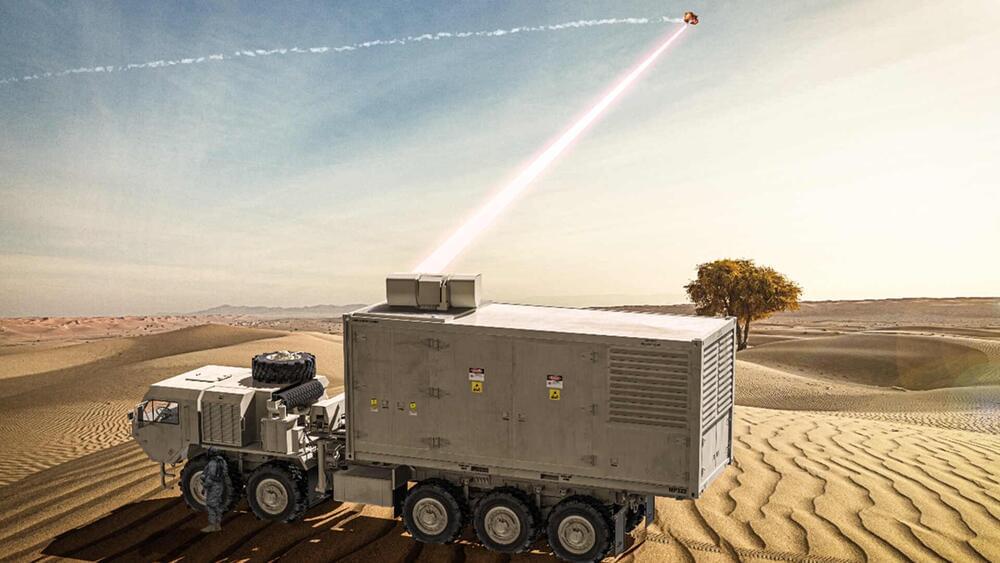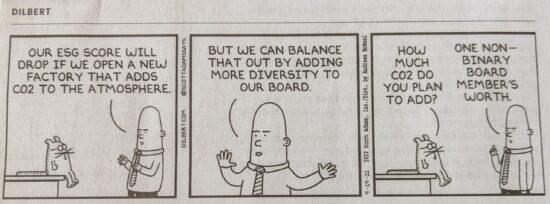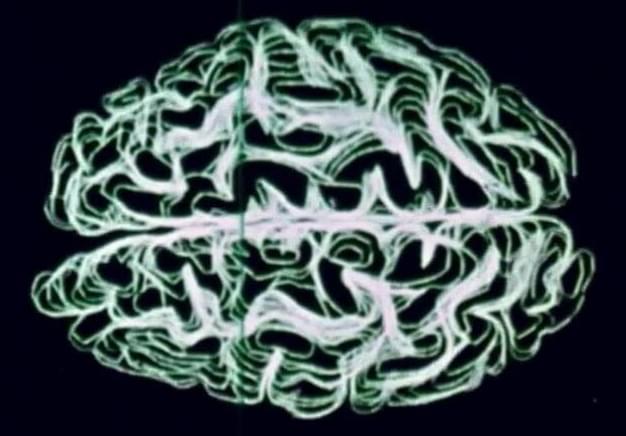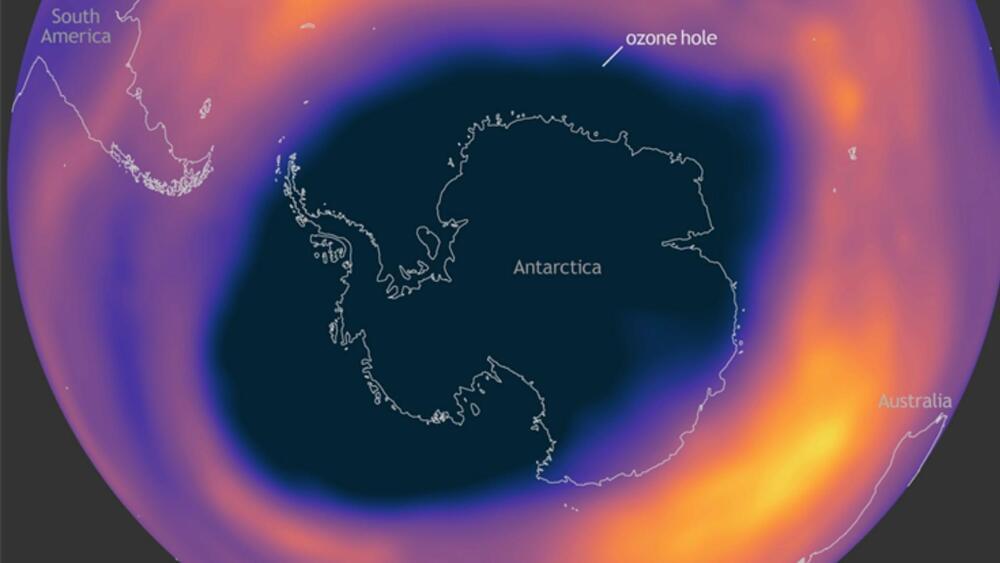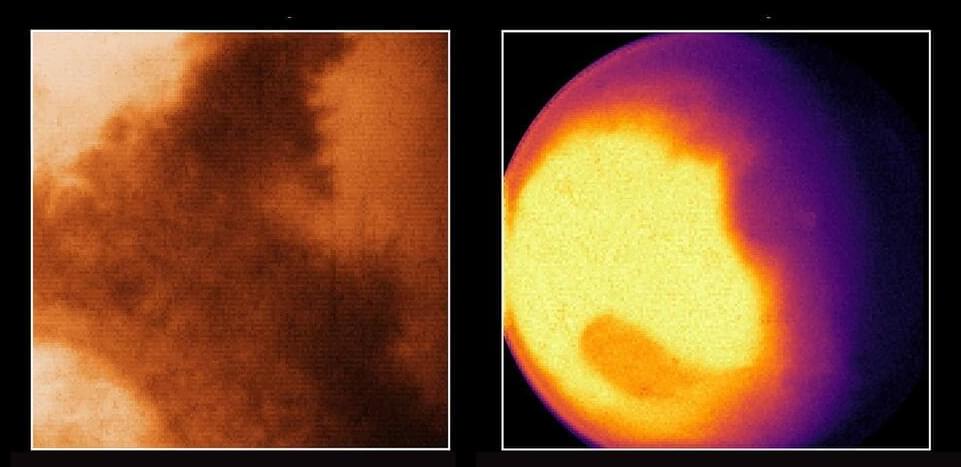The laser was developed under the Pentagon’s High Energy Laser Scaling Initiative (HELSI), which is an effort by the department to strengthen the directed energy industrial base and improve the quality of laser beams, as per Breaking Defense.
How do we reduce the distrust in the face of climate change and other existential threats? Teaching scientific reasoning skills is proposed.
SpaceX has completed a record-breaking test of a Starship booster and rolled a newer Super Heavy prototype to the launch pad just hours apart.
Almost six weeks after SpaceX began Super Heavy Booster 7’s static fire test campaign, the company has broken new ground by simultaneously igniting seven Raptor engines at once. A matter of hours later, confirming SpaceX CEO Elon Musk’s plans in real time, the company transported a second Super Heavy prototype (Booster 8) from the factory to the launch pad, where it joined Booster 7.
According to Musk, those rockets will soon switch places, ensuring that no time is wasted while SpaceX continues to gradually work towards Starship’s first orbital launch attempts.
The Tunnel under the World
Posted in space
Anticipates mind uploading.
This week, we bring you a Tale by one of the lesser known greats of 1950s science fiction, Frederik Pohl. “The Tunnel Under the World” first appeared in Galaxy magazine in 1955, which Pohl himself would go on to edit from 1959 to 1969. His career spanned nearly 75 years and saw him win many awards for his writing, including novels and, shortly before his death, his blog. He won four Hugo awards and three Nebula awards, winning both for his seminal 1977 novel “Gateway”.
In this short story, Guy Burckhardt awakes after a horrible dream to find not everything in his small town is how he remembered it…
If you’d like to support The Well Told Tale, please visit us on Patreon: https://www.patreon.com/thewelltoldtale.
Books — (buying anything on Amazon through this link helps support the podcast):
Platinum Pohl: The Collected Best Stories — https://amzn.to/37BDKpj.
Gateway — https://amzn.to/3yG9xkP
Beyond the Blue Event Horizon — https://amzn.to/3CHqWfm.
I would like to thank my patrons: Toni A, Joshua Clark, Maura Lee, Jane, John Bowles, Glen Thrasher and Ruairi.
The Mind Machines — Arthur C. Clarke
Posted in futurism
SUSIE’s vertical landing capabilities draw comparisons to SpaceX’s Starship. Europe’s not quite there yet, but it’s a step in the right direction.
French aerospace giant ArianeGroup revealed a new concept for a reusable upper-stage spacecraft called Smart Upper Stage for Innovative Exploration, or SUSIE.
The spacecraft will be able to carry heavy payloads as well as crewed missions to orbit before coming down to Earth for a vertical landing, a press statement reveals.
Elon Musk said the “next big test” is likely a full stack wet dress rehearsal of Starship.
SpaceX’s massive Starship rocket continues to pass key tests on its road to sending the Mars-bound launch system up to orbit for the first time.
The private space firm fired seven Raptor engines on its Starship Super Heavy prototype, called Booster 7, on Monday, September 19. As Space.com points out, it is the highest number of next-generation engines ever tested simultaneously.
Recovery of the Antarctic ozone layer is anticipated to take place sometime around 2070.
The depletion of the ozone layer had a huge impact on humanity for a while. Moreover, the United Nations accepted The International Day for the Preservation of the Ozone Layer in 1994.
Every living thing on Earth is shielded from UV radiation by the stratospheric ozone layer. Thus, the Ozone Layer is vital for all forms of life, and we need to protect it without a doubt.
Webb can image the entire planet at once in high resolution at a short exposure time, allowing for the study of dust storms, weather patterns and seasonal changes.
The James Webb Space Telescope has captured its first images and spectra of Mars, revealing atmospheric data that previous instruments couldn’t detect.
Captured with its Near InfraRed Camera, or NIRCam instrument from JWST’s position around a million miles (1.6 million kilometers) from Mars, on September 5, along with data from its Near InfraRed Spectrometer (NIRSpec), the images were released on Monday, September 19, at the Europlanet Science Congress 2022.
Markets have been down but Meta’s stock price loss is astounding.
Facebook founder Mark Zuckerberg’s personal worth has eroded by a whopping $71 billion dollars in 2022 alone, the most for any billionaire as tracked by Bloomberg.
Interesting… More
IStock/COM & O
Last year, amidst the high scrutiny on the whistleblower complaints at Facebook, CEO Zuckerberg announced his company’s decision to focus on building the next big thing on the internet, the metaverse. This announcement was accompanied by a major rebranding of the company to Meta and a surge of interest in the metaverse.
